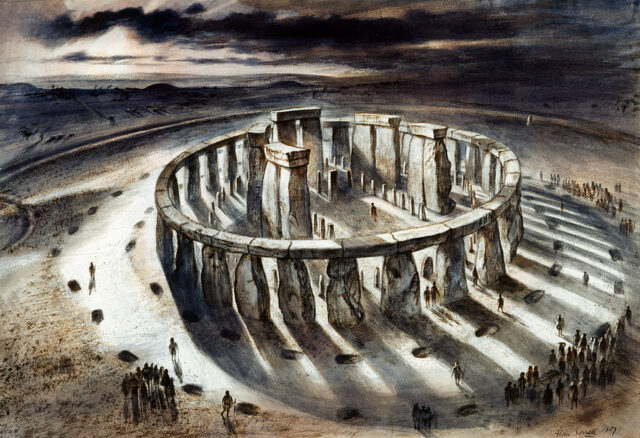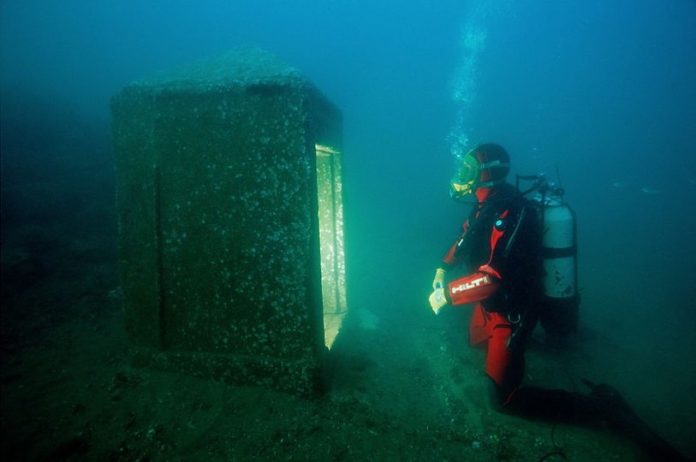Nestled deep within the ancient Nabatean city of Petra in Jordan lies a passage that has enchanted travelers for centuries—the Siq, often referred to as the “Tunnel of Light.” This natural geological wonder, shaped by the forces of time and water, serves as the main entrance to the mystical city of Petra. As we journey through this majestic chasm, we explore the geological origins, historical significance, and the timeless allure of the Siq.
The Geological Formation
The Siq, also known as the Shaft, is more than just an entrance; it’s a breathtaking testament to the forces of nature. This narrow gorge, measuring approximately 1.2 kilometers in length, cuts through the sandstone cliffs of Petra. Created by a geological fault that split apart due to tectonic forces, it is a testament to the Earth’s ever-evolving landscape.
While the Siq’s geological formation began with the tectonic forces that tore it asunder, it was the persistent touch of water that sculpted its smooth, undulating surfaces. Over millennia, the ancient waters of the region wore away the sandstone, shaping the Siq into the magnificent chasm we see today. The play of light and shadow on its walls creates an ethereal experience that has captivated visitors for generations.
The Caravan Route Through Time:
Beyond its geological marvels, the Siq holds a rich history as a critical passage. For centuries, it served as a vital route for caravans traveling to the ancient city of Petra. Traders and travelers from distant lands would navigate this enchanting corridor on their way to the heart of the Nabatean capital.

The Siq’s ultimate destination is none other than the iconic “Treasury” or Al-Khazneh of Petra. This archaeological masterpiece, immortalized in cinema and literature, is the crown jewel of Petra’s architectural wonders. The anticipation builds as visitors traverse the Siq, knowing that they are on the cusp of unveiling this extraordinary treasure.
As visitors meander through the Siq, they are greeted by more than just its natural beauty. Along its path are remnants of Petra’s vibrant past, including intricate rock carvings, water channels, and niches that once held statues of deities. These archaeological marvels offer glimpses into the customs and beliefs of the ancient Nabatean civilization.
Walking through the Siq is akin to stepping into a time machine. The walls, steeped in history, whisper tales of ancient caravans, bustling markets, and the echoes of voices long gone. The Siq’s narrow confines create an immersive experience that transports visitors into Petra’s rich history.
The Play of Light and Shadow: Nature’s Artistry
One of the most enchanting aspects of the Siq is the interplay of light and shadow on its sandstone walls. As the sun’s rays filter through the chasm’s narrow opening, they cast ever-shifting patterns on the smooth surfaces. This dynamic display of natural artistry adds to the Siq’s otherworldly atmosphere.
The preservation of the Siq is of paramount importance to Jordan’s commitment to safeguarding its cultural and natural heritage. Conservationists work diligently to protect this geological wonder from erosion and the impact of increased tourism. Their efforts ensure that future generations will continue to be awed by the Siq’s beauty and historical significance.
The Siq, Petra’s mesmerizing “Tunnel of Light,” stands as a testament to the wondrous power of nature and the enduring allure of history. It is a passage that not only leads to one of the world’s most iconic archaeological treasures but also serves as a portal to the past. As visitors walk through this enchanting corridor, they are transported through time, allowing them to connect with the ancient caravans and civilizations that once thrived in the heart of Petra. The Siq is a reminder that, in the embrace of nature and history, one can embark on a journey of both physical and spiritual significance.





